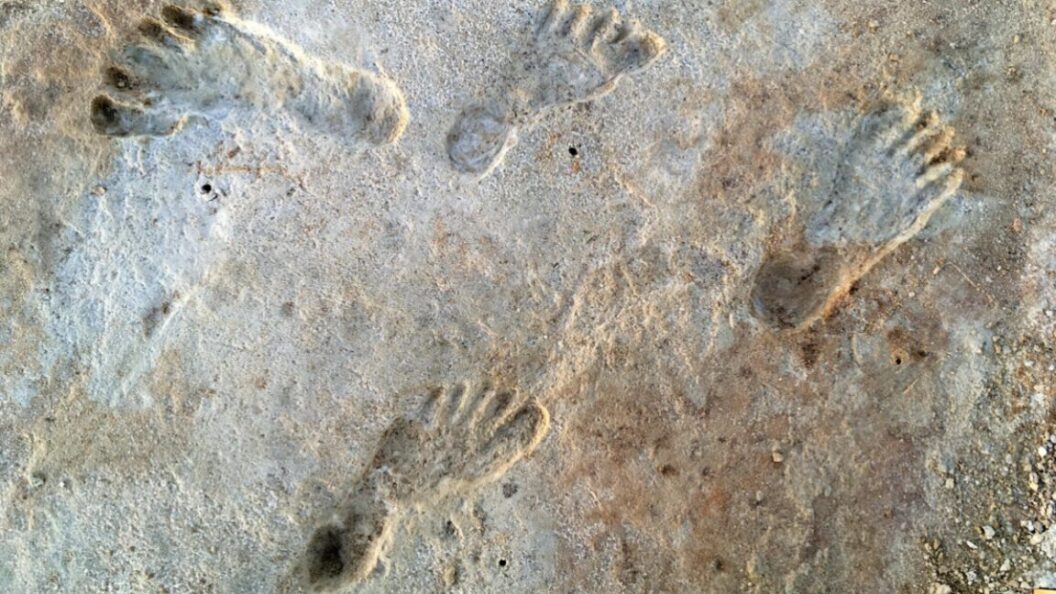Ancient Footprints at White Sands National Park: A New Chapter in Human History
Recent discoveries at White Sands National Park in New Mexico have sparked significant debate and interest among archaeologists and historians alike. Researchers have identified ancient human footprints that are believed to date back more than 23,000 years, indicating that early humans inhabited North America before the last ice age sealed off the continent’s southern regions.
Groundbreaking Findings
The research team, led by scientists including Jeffrey S. Pigati, conducted radiocarbon dating on sediment layers containing ancient grass seeds. Their analysis revealed that the oldest footprints were made after 23,000 years ago, while the more recent tracks date to just before 21,000 years ago. This timeline suggests that human beings were present in the area before glacial conditions changed the landscape, sealing off parts of North America for thousands of years.
“The existence of 23,000-year-old footprints changes our understanding of human migration patterns,” Pigati noted. This finding brings to light significant questions regarding the timeline and routes taken by early populations as they moved across the continent.
The Archaeological Context
At the time these footprints were made, the northern parts of North America were covered by large ice sheets, pushing early human populations into areas that are now part of the warmer southern regions. The implications of this discovery suggest a more complex migration narrative than previously accepted, as these early inhabitants likely adapted to a variety of environments despite harsh conditions.
Addressing Skepticism
Despite these groundbreaking findings, some researchers have expressed skepticism regarding the dating results. Critics pointed to the potential for contamination in the sediment samples. They highlighted that certain aquatic plants, specifically Ruppia cirrhosa, can absorb ancient carbon from groundwater, which may have skewed the dating process.
To address these concerns, the research team conducted further analyses by dating pollen samples from terrestrial plants that were collected from the same sediment layers as the footprints. This method mitigated the risks associated with groundwater carbon contamination. They also employed optically stimulated luminescence dating on quartz grains from one of the sediment layers, which further supported their initial findings.
A Consensus Emerges
In a subsequent publication in 2023, the team reaffirmed their original dating of the footprints. By using more robust methods to verify the timing of human habitation at White Sands, the researchers sought to bolster the credibility of their discoveries amid spirited academic debate.
“Our additional analyses confirm that these dates are reliable and provide a clearer picture of human activity in North America,” Pigati explained.
Significance of the Discovery
The implications of these findings extend beyond mere academic interest. They may reshape our understanding of pre-Columbian history, providing insights into how early humans adapted to changing climates and landscapes. These ancient footprints serve as a tangible connection to a distant past, illustrating the resilience of human populations in adapting to adverse conditions.
As research continues, the footprints at White Sands National Park could illuminate more about the migration patterns of early Americans and their interactions with the environment. The discovery underscores the importance of ongoing archaeological work in refining our historical narratives and understanding humanity’s ancient origins.
In this light, the study of these footprints not only enriches the field of archaeology but also invites broader discussions about identity, migration, and human resilience throughout history. As new methods and technologies are deployed in the field, the story of early human life in North America is sure to evolve, promising further revelations that could redefine our understanding of the past.









